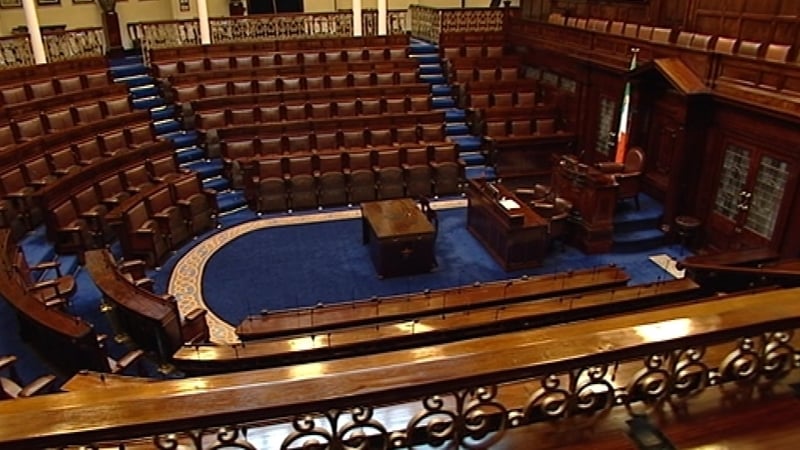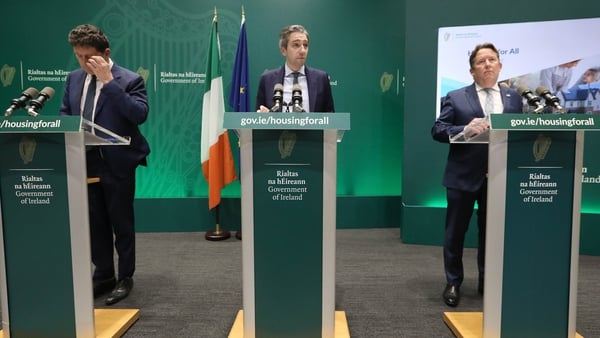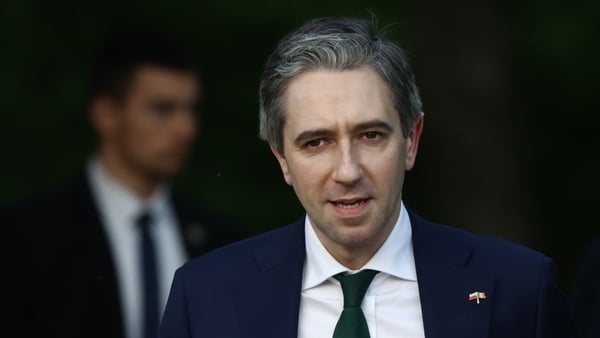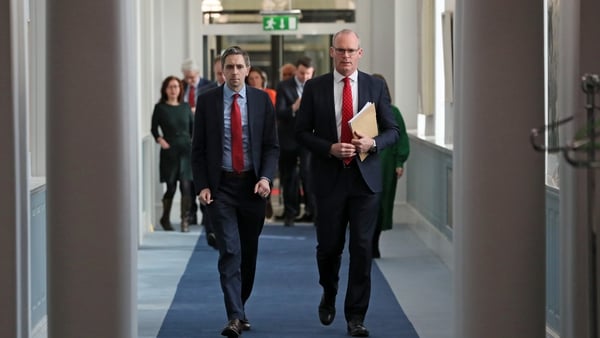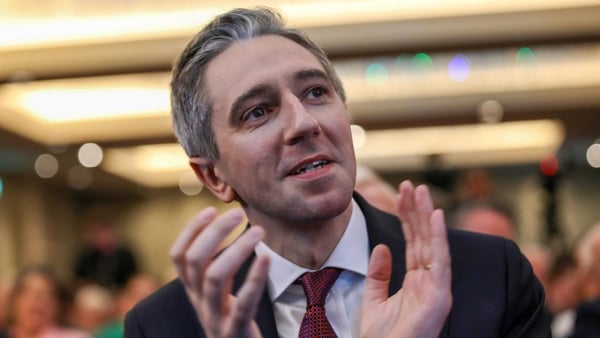A "series of mistakes", "important lessons learned" and a business case officials ultimately believe was "sound".
But, ultimately, the taxpayer has still been left with bureaucratic handwashing after an admission unnamed officials "missed" a warning the expensive equipment would not fit into the building, and a €1.8m total bill in addition to €200,000 in renovations the public will now have to pay.
That is the conclusion of the latest reports into the Oireachtas printing press controversy after a detailed examination of the issue was given to the Dáil's Public Accounts Committee.
THE COSTS INVOLVED
In a 15-page report drawn up two weeks after an initial review of the situation, Peter Finnegan, the clerk of the Dáil, has confirmed costs on the project are even higher than previously claimed. While it was at first suggested the printing press cost was €808,000, in an initial report to the PAC two weeks ago Mr Finnegan said the figure was in fact €1.6m when related equipment was taken into account.
However, in his latest report today, he has said the full cost was in fact €200,000 higher than this at just shy of €1.8m and €2.01m when costs to fit it into the building are included, with the €808,000 basic printing press price added to by:
- Print facility equipment such as folding machines and guillotines and related VAT bringing the price to €1.36m
- Related building upgrade costs "directly" related to fitting the printing press into the building, including €113,500 on building works, €143,010 on electrical works, €46,535 on mechanical works and €11,408 to pay for an external civil and structural engineer, adding an extra cost of €314,453
- Initial storage of the printing press between April and September, adding another €14,760
- An "estimated" cost of outsourcing Oireachtas printing during this time, costing a further €100,000
- Additional building works not directly related to fitting the printing press into the building of €221,325
In a separate four-page letter to the PAC, the Office of Public Works has drawn similar conclusions, with its Chairman Maurice Buckley saying his own group's calculations of the associated costs of the Dáil printing press issue include:
- The €314,453 listed above for building, electrical and mechanical works "directly" linked to installing the printing press which initially could not fit into an Oireachtas building
- €221,325 on building, electrical and air conditioning works not directly associated with the same issue
'LESSONS LEARNED' BUT NO RESPONSIBILITY
In private sector circumstances, the significant costs - and the reasons for them - would normally lead to a major fallout for the individuals involved. However, as with previous political and financial controversies, both Mr Finnegan and the OPW's latest reports suggest that other than the basic "lessons learned" mantra, this may not be the case.
Despite public anger and surprise - both domestic and international - at the rising price tag, in his report Mr Finnegan has stood firm on his view the Dáil printing press represents value for money.
While accepting "there is absolutely no denying a series of mistakes" have occurred, Mr Finnegan has said: "Having analysed the print production statistics and the financial cost of the (new) Komori printing press, I am firmly of the opinion that the business case for purchasing it is still sound.
"This, he has said, is because the initial €994,000 cost of the new printing press including VAT was far less than the €1.24m including VAT for the previous Heidelberg printing press purchased in 2004.
In addition, Mr Finnegan has said the fact the two previous printing presses needed to be upgraded was another reason for the new purchase, and that this was signed off on by Oireachtas officials in autumn 2017.
However, while there is logic to this argument, Mr Finnegan's report is likely to face further scrutiny over his explanation for how the ever so slight problem of the new printing press not being able to fit into the actual building that was meant to house it occurred.
In his own words, a warning about the problem was simply missed by an unnamed official:
"Komori (the makers of the new printer) confirmed the requirement that 'the (printing) press must be able to fit into a room (length 12 metres, width 5.8 metres, height 2.5 metres) with an acceptable work area around the press'.
"However, Komori also inserted a note as follows: 'The head room from the press foot boards to the ceiling is limited.' I am advised that this note was missed by the evaluation team.
"The costly error is at the centre of the explanation for why the public is now having to pay hundreds of thousands of euro more to fit the Dáil printing press - which will not begin to be used until early in the new year due to ongoing safety checks - into where it was meant to go. However, no specific person is to date taking responsibility."
In his separate report, the OPW's Chairman Maurice Buckley similarly washed his organisation's hands of responsibility for what has happened, saying as early as his second sentence:
"The OPW had no role in the procurement of the new printer."
RECOMMENDATIONS AND FALLOUT
In his recommendations, Mr Finnegan has said "lessons" will have to be learned from the Dáil printing press controversy.
In particular, he has said:
- All future project teams "must include specialist architectural expertise where a project could involve structural modifications"
- Future business cases "must include an estimate of the cost of ancillary works and items"* progress reports on projects should be given to the Houses of the Oireachtas Commission every three months to ensure transparency
- A "full end-to-end review of project management methodologies" by the end of March 2020
Increased "risk management" protocols to prevent a repeat of any cost and project difficulties
In their reports, Mr Finnegan and the OPW have concluded the Dáil printing press controversy was ultimately the result of honest mistakes and human error, the all too often fingered bad guys when it comes to Irish political and spending issues.
However, just because the arguments have been clearly outlined on paper in two sobering official documents does not mean they will be so easily explained in the far more intoxicating environment of committee room and Dáil floor politics.
Just as a printer never refuses ink, politicians never refuse a political controversy, especially when it has gained public notoriety and falls so close to the likely next general election.
When the PAC holds its weekly meeting tomorrow, during which they may call on Mr Finnegan and the OPW to make an emergency appearance, expect feathers - and ink cartridges - to fly.
